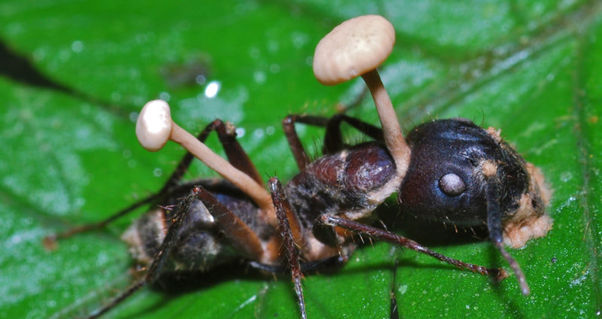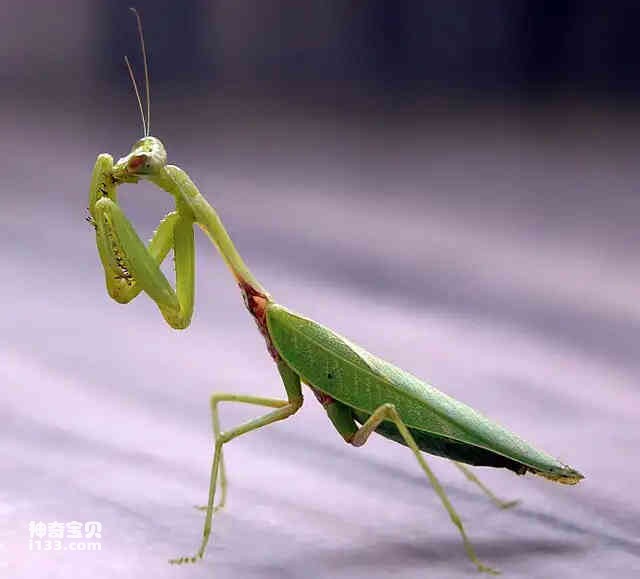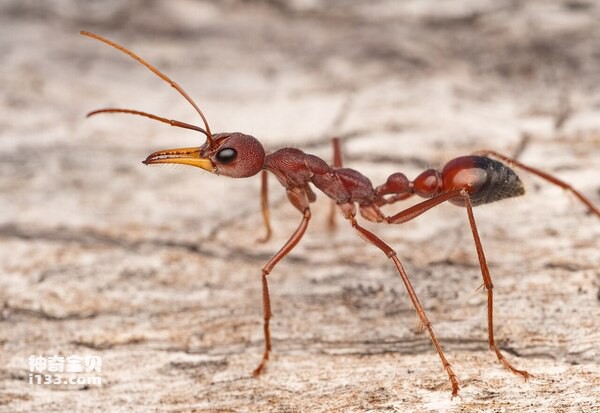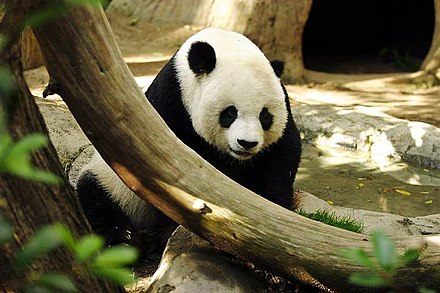Fungi and animals seem to be two completely different life domains, but there is a There are many important connections. Fungi not only affect the survival of animals and ecosystems, but also share a common evolutionary history with animals in some aspects. This article will explore the relationship between fungi and animals in detail, including their differences, similarities, symbiosis, and parasitic relationships, and their importance to human health and ecosystems.

1. Basic differences between fungi and animals
1.1 Taxonomic differences
Although both fungi and animals are eukaryotic organisms, they belong to different kingdoms in taxonomy. Animals belong to the Animal kingdom, while fungi belong to the Eukaryotic kingdom. Fungi. There are obvious differences between the two in morphological structure, nutrition mode and lifestyle:
Fungi: mainly include Mushrooms, molds, yeasts, etc. Their cell walls contain chitin, which obtains nutrients by absorbing organic matter, and most of them are decomposers or Parasites.
Animals: including mammals, birds, fish, reptiles, etc. Animal cells do not have cell walls and are usually They obtain energy by taking in food and have more complex nervous systems and motor abilities.
1.2 Different Nutrition Methods
Fungi: Fungi degrade organic matter using external decomposition enzymes and then absorb these decomposition products. This method is called external digestion.
Animals: Animals ingest food, digest it, and then absorb nutrients. They are organisms that digest food internally.
Uses of Chitin: Chitin is found in the cell walls of fungi and is also found in the exoskeletons of insects and crustaceans.
Glycogen storage: Fungi and animals store sugars in their cells as glycogen, while plants store sugars as starch.
Insects and fungi: Some ants and termites "cultivate" fungi and rely on them as a food source, while these insects provide the fungi with the environment they need to grow.
Fungi in the digestive tract of animals: Some ruminants (such as cattle and sheep) have fungi in their digestive tracts that help break down fiber, providing the animals with indigestible plant matter.
Chytridiomycosis: This disease caused by the chytrid fungus has had a devastating impact on amphibians (such as frogs, toads, etc.), causing a sharp decline in amphibian populations around the world.
Fungal infections in migratory birds: Some migratory birds may contract fungal infections during migration, which may affect their health and survival.
Skin diseases: Common skin diseases caused by fungi include tinea pedis (athlete's foot), tinea cruris, and ringworm.
Systemic fungal infections: Some fungi, such as Cryptococcus and Candida albicans, may cause systemic infections in people with weakened immune systems, which may even be life-threatening.
Decompose animal remains: When animals die, fungi work with bacteria to decompose their remains and release organic matter back into the environment.
Help plants grow: By decomposing animal and plant remains, fungi can provide plants with minerals such as nitrogen and phosphorus that they need for growth.
Deer, rabbits, and other herbivorous animals eat wild mushrooms.
Insects, such as beetles and some ant populations rely on specific fungi as their food source.
2. Similarities between fungi and animals
Although fungi and animals differ in many ways, they also have some similarities, especially in evolution and cell structure aspects.
2.1 Common evolutionary ancestor
Studies have shown that fungi and animals have a common evolutionary ancestor and are more closely related to fungi than plants are to plants. This means that animals and fungi had a common origin in the long history of the earth. Therefore, they have similarities in certain biochemical pathways, such as:
2.2 Symbiosis and mutualism
Many fungi and animals have symbiotic relationships, where they rely on each other and benefit from each other. For example:
3. Parasitic relationship between fungi and animals
Although fungi and animals can establish a mutualistic relationship, many fungi are also parasites of animals. These fungi can cause serious diseases and even cause significant impacts in the ecosystem.
3.1 Animal diseases caused by fungi
Fungal infections can affect a variety of animals, from amphibians to mammals and even humans. For example:
3.2 Fungal infections in humans
Humans are also susceptible to certain fungal infections, such as:
4. Importance of fungi to animals and ecosystems
4.1 Decomposers in ecosystems
Fungi play a vital role in ecosystems, especially in the decomposition of organic matter. They are able to decompose dead plant and animal bodies and provide necessary nutrients to the soil, which is essential for the circulation and maintenance of ecosystems.
4.2 As a food source for animals
Many animals feed on fungi, and these animals also play an important role in the ecosystem. For example:
5. Future research directions of fungi and animals
With the development of science and technology, the research on the relationship between fungi and animals has become more and more in-depth. For example, scientists are studying how to use fungi's disease resistance to help protect endangered animal species, or exploring the potential of fungi in drug development, especially antifungal drugs for animals and humans.
Although fungi and animals belong to different biological kingdoms, the relationship between them is complex and close. Fungi play an important role in the ecology, health, and disease of animals, and also play an important role as decomposers in the ecosystem. By deeply studying the relationship between fungi and animals, we can not only better understand the operation of nature, but also provide new ideas for animal protection, human health, and drug development.
Keywords: fungi-animal relationship, fungal-animal symbiosis, fungal-animal parasitism, the role of fungi in ecosystems, fungi infecting animals








